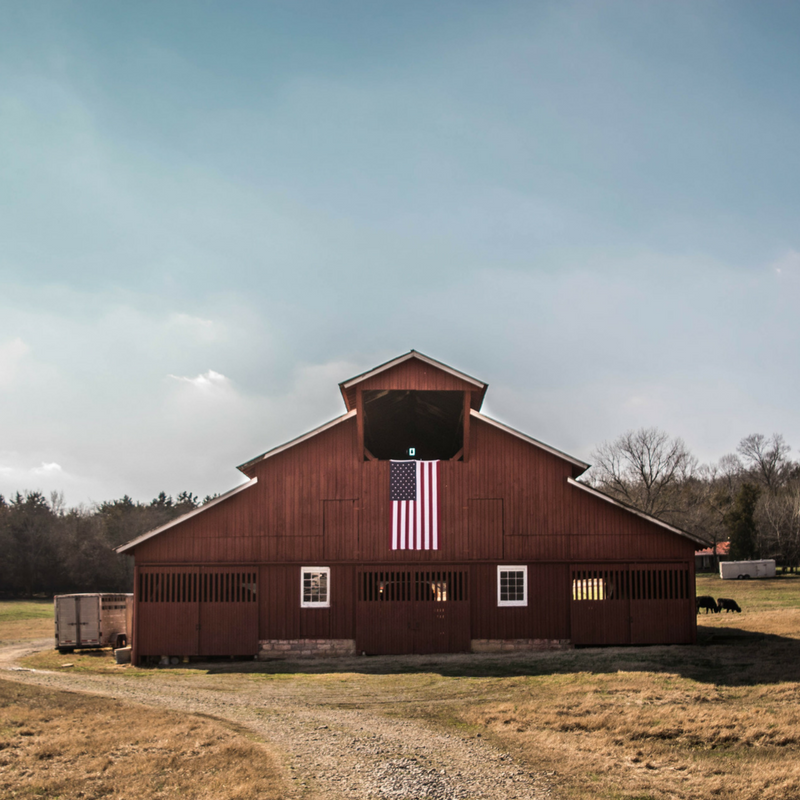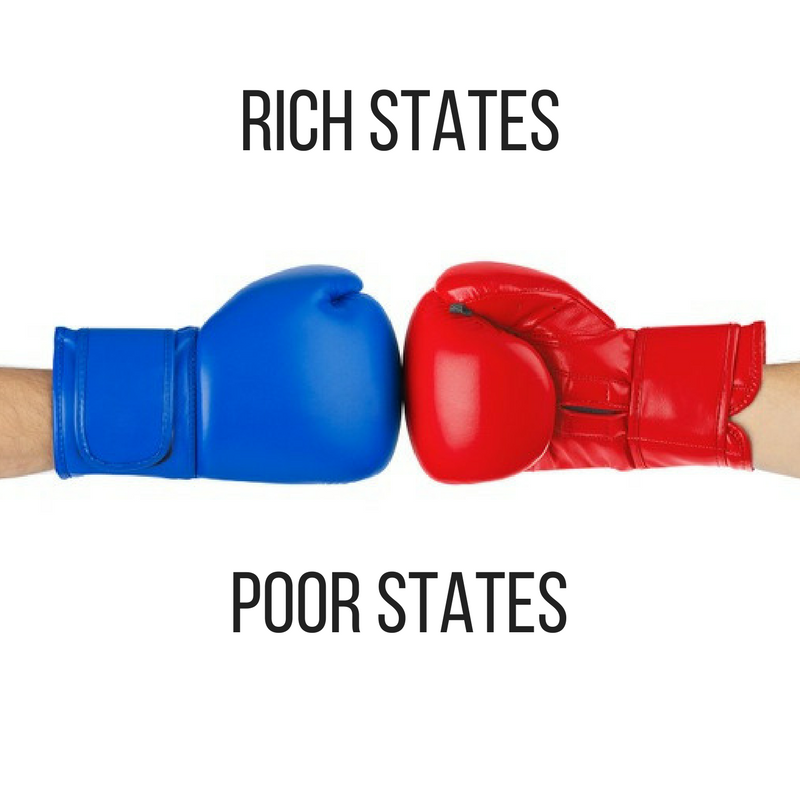The Struggles of Rural America

Adam Crain
History says that Americans will do what they must for upward mobility. Move three states over for a new job. Scrimp and save for college. Learn a new trade. The history of America is, in part, a narrative of creative men and women testing the limits of their ingenuity to achieve their goals.
According to the Wall Street Journal though, the mobility of Americans is at its lowest ebb since the end of World War II. In their article, Struggling Americans Once Sought Greener Pastures – Now They’re Stuck, authors Janet Adamy and Paul Overberg report:
“In rural America, which is coping with the onset of socioeconomic problems that were once reserved for inner cities, the rate of people who moved across a county line in 2015 was just 4.1%, according to a Wall Street Journal analysis. That’s down from 7.7% in the late 1970s. It has fallen faster than the mobility rate in metropolitan areas, which the rural rate is now slightly below.
This drop in mobility is not only keeping rural residents from climbing a ladder to better livelihoods, it is choking off the labor supply for employers in areas where jobs are plentiful. This limits the economic growth that naturally occurs when people and capital cluster together, says David Schleicher, a professor at Yale Law School who has studied the issue.
It has also contributed to the nation’s deepening political divide. Small-town residents fed a populist revolt that helped put Donald Trump in the White House last year, reinforcing the administration’s plan to focus on issues such as curbing immigration and creating jobs through infrastructure spending.
What is troubling about this rural towns is that while lots of struggling residents see leaving as the best way to improve their lives, a surprising share remain stuck in place. For a number of reasons—both economic and cultural—they no longer believe they can leave.”
But why? Why do Americans who feel like opportunity awaits them if they could only make a change not feel empowered to do so?
The article suggests a few reasons. The first is practicality. Urban town centers are generally more expensive to live in than rural areas. Many individuals are scared to leave behind established sources of aid. Others find occupational licensing requirements in other states to be an onerous disincentive for moving.
Another reason: the growing cultural divide. Authors Janet Adamy and Paul Overberg:
“The share of Americans who agree with the statement “Most people can be trusted” has fallen over the past four decades to 31% in 2016 from 46% in 1972. Raven Molloy, an economist with the Federal Reserve Board of Governors, found in research that states with large declines in overall trust were also places where job-switching had decreased markedly.”
The article has big implications for South Carolina even if they were not stated explicitly. South Carolina’s own rural population face obstacles to mobility that other South Carolinians don’t, not the least of which is a struggling education system which should be preparing the next generation of workers or college students.
The article is a helpful reminder of the daily struggles felt by Americans across the spectrum. It shows that we will all have to adjust to a changing economy, one that’s changing in ways we might not have expected.




